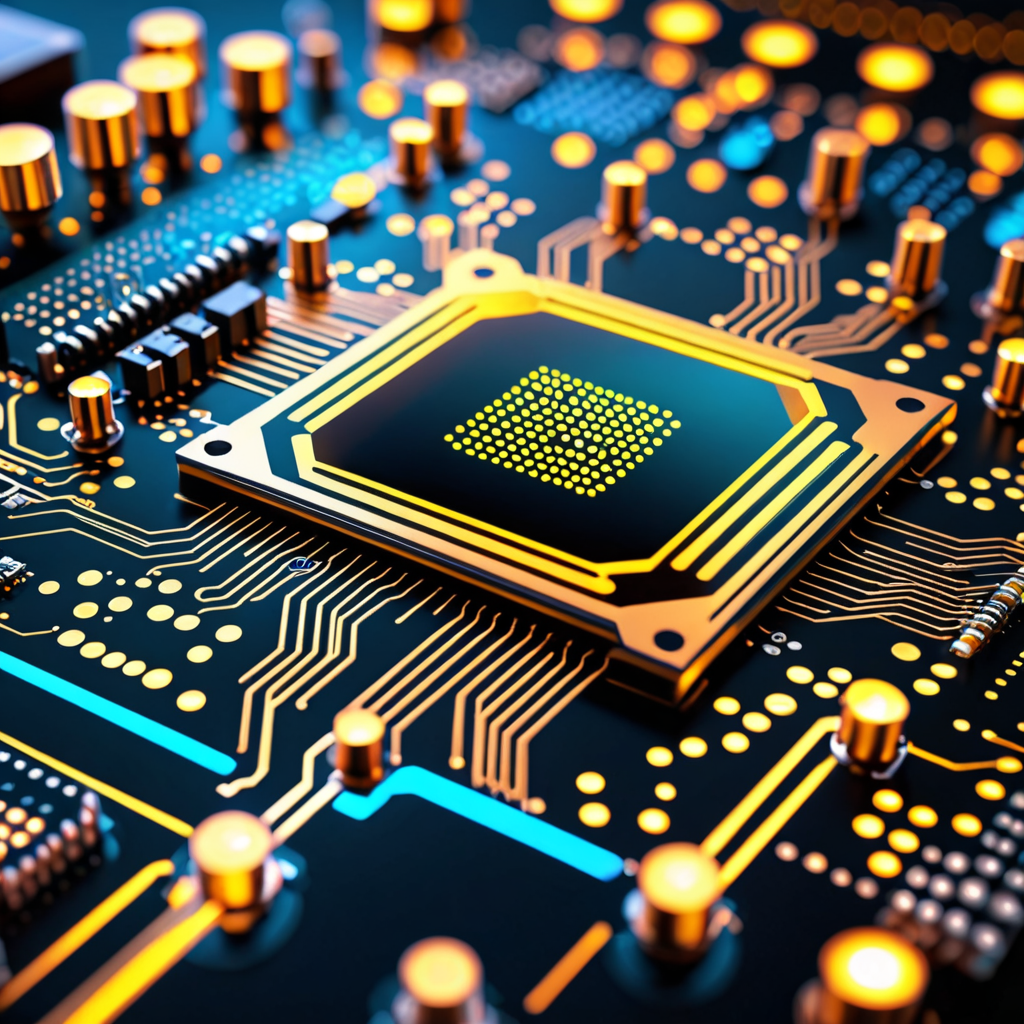
Nanotechnology in Optoelectronics: Advancements in Light Tech with Nanotech
Optoelectronics, a field that combines optics and electronics, has witnessed remarkable advancements with the integration of nanotechnology. This fusion has revolutionized light-based technologies, enabling faster, smaller, and more efficient devices. Let’s delve deeper into the wonders of Nanotechnology in Optoelectronics.
The Basics: Understanding Nanotechnology and Optoelectronics
Nanotechnology involves working with materials at the nanoscale, typically less than 100 nanometers in size. On the other hand, optoelectronics focuses on devices that can source, detect, and control light. When these two disciplines intersect, the possibilities for improved light-based technologies become endless.
Nanotechnology Applications in Optoelectronics
Nanotechnology has opened up new avenues for enhancing optoelectronic devices such as LEDs, solar cells, and sensors. By manipulating materials at the nanoscale, researchers can significantly improve the efficiency and performance of these devices.
Enhanced Efficiency and Performance
One of the key benefits of incorporating nanotechnology in optoelectronics is the enhanced efficiency and performance of devices. Nanomaterials exhibit unique optical properties that can be leveraged to improve energy conversion rates and signal detection sensitivity.
Miniaturization and Integration
Nanotechnology allows for the miniaturization of optoelectronic components, enabling the development of smaller and lighter devices. This miniaturization also facilitates the integration of multiple functions into a single device, leading to more compact and versatile optoelectronic systems.
Future Prospects and Innovations
The future of optoelectronics lies in the continued integration of nanotechnology. Researchers are exploring novel nanomaterials, such as quantum dots and carbon nanotubes, to create next-generation optoelectronic devices with unprecedented performance levels. From faster communication networks to more efficient solar panels, the possibilities are endless.
Conclusion
Nanotechnology has undoubtedly reshaped the landscape of optoelectronics, offering unprecedented opportunities for innovation and advancement in light-based technologies. By harnessing the power of nanoscale materials, researchers continue to push the boundaries of what is possible in the world of optoelectronics.
FAQ: Nanotechnology in Optoelectronics
What is Nanotechnology in Optoelectronics?
Nanotechnology in Optoelectronics is the application of nanoscale materials and structures to enhance the performance of devices related to the generation, detection, and control of light. By manipulating matter at the nanoscale level, advancements in optoelectronic technologies are achieved.
How does Nanotech benefit Optoelectronics?
Nanotechnology offers benefits in Optoelectronics by enabling the development of smaller, faster, and more efficient light-based devices. Through precise control at the nanoscale, properties like light emission, absorption, and conductivity can be optimized, leading to improved performance and energy efficiency.
What are some examples of Nanotechnology in Optoelectronics?
Examples of Nanotechnology in Optoelectronics include nanoscale light-emitting diodes (LEDs), quantum dots for enhanced color displays, nanostructured photodetectors for high sensitivity, and plasmonic nanoparticles for improved light manipulation. These applications showcase the diverse ways nanotechnology is revolutionizing light technologies.
What are the future prospects of Nanotechnology in Optoelectronics?
The future prospects of Nanotechnology in Optoelectronics are promising, with ongoing research focusing on creating even smaller and more powerful optoelectronic devices. Advancements in nanomaterials


